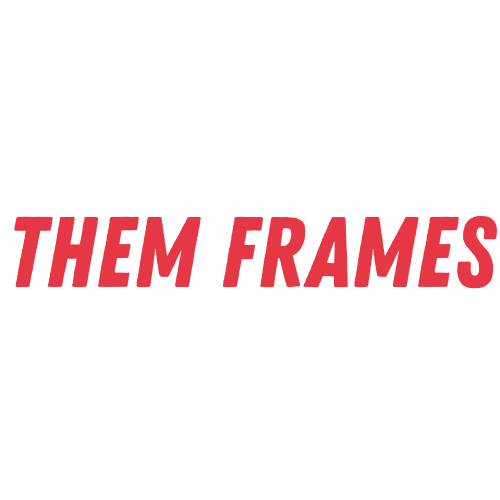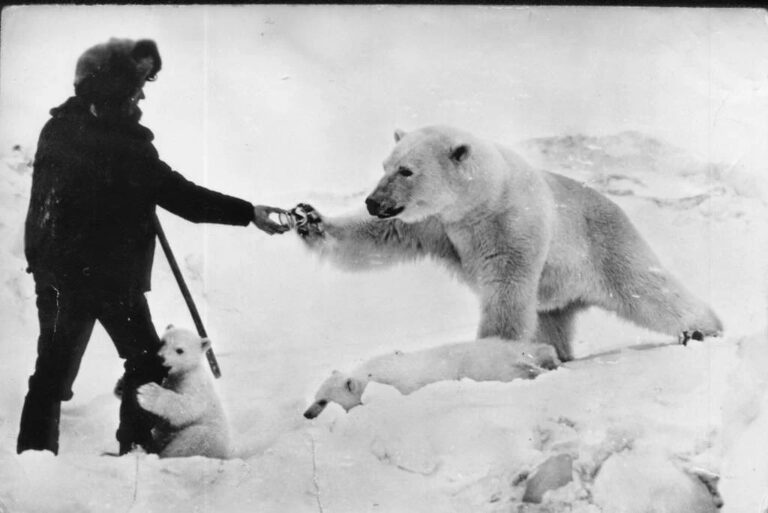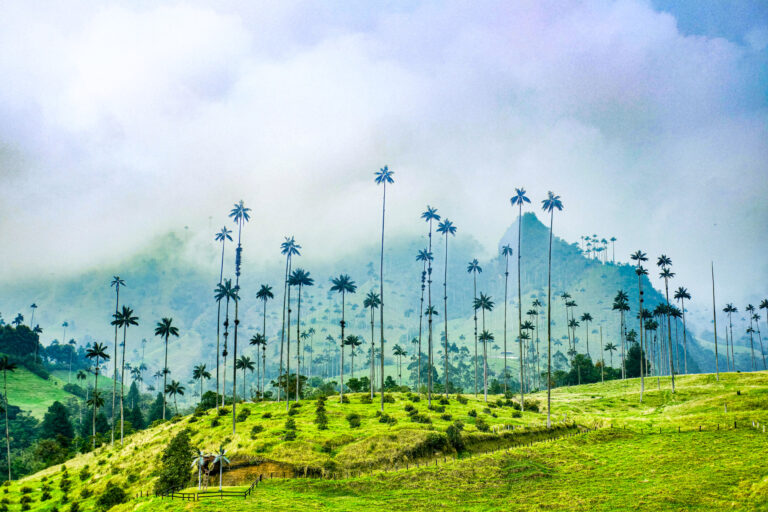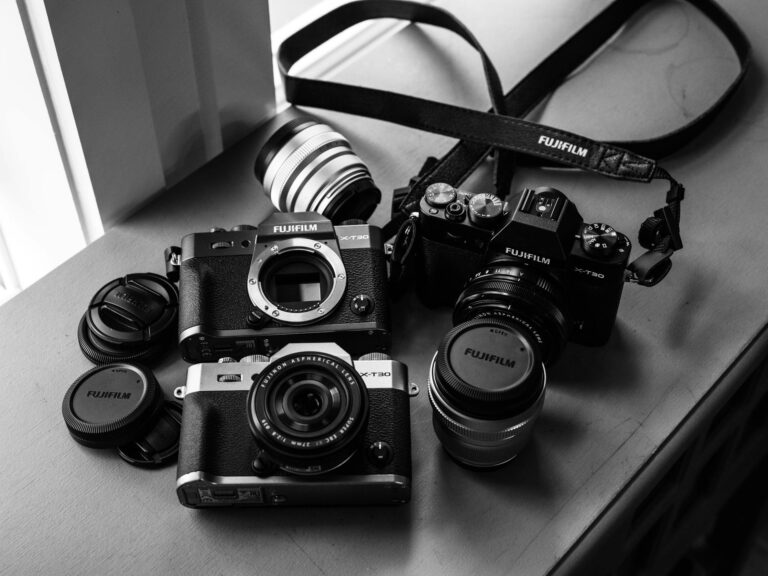
Life is more rewarding when you take risks. Yet, so many of us fail to take the risks we need to receive the experience we desire. This motion is true in all walks of life, including photography. Instead of getting after what we want, we opt to play it safe, remaining in a bubble of mediocracy.
Taking that Photography Risk

The beauty of photography is that it’s almost limitless in the ways you can create images. The art world allows one to express themselves in a manner that wouldn’t quite cut it in everyday life. Creators are free to be eccentric, assertive, and develop a world of fantasy how they wish. Those who prefer to document can tell stories that other parts of society are scared to tell. They can challenge ideals, and show the world the injustices across societies and hierarchies.
In the parameters of legality, photography can be just about anything you want it to be, you just need to let it be. You do that by making the work.
However, it’s never that simple, is it? You have a great idea, a strong concept, yet when it comes to the execution, there’s a barrier. This leads to it being one of the many ideas that passed your mind but never came to fruition. You continue to make photographs, but they’re safe photographs–the type that look nice, but don’t push the boundaries like those ideas sitting on your mind’s shelf.
Example of a Photography Risk
Japanese photographer Hideka Tonomura is a perfect example of a photographer who took risks. After years of sustained abuse at the hands of Tonomura’s father, her mother seeked solace through an affair with another man. Looking to rebuild her confidence, and reconnect to pure, nonabusive intimacy, Tonomura’s mother had to look outside her marriage, a marriage which she found almost impossible to leave. Tonomura documented the affair with her camera, showing the world her mother’s story.
This type of photography project is always going to be a risk. People will judge, attack, and question the motive for making images in such a way. Tonomura had to see past all that to create something the public is not accustomed to seeing. She had to breakdown her mental barriers to create a series that brought the viewer into a world often kept secret.
Finding your Photography Risk
While Tonomura is a good example, such extremes are not the only manner in which you can find your risk in photography. Risks are personal and subjective. To one photographer, a simple street portrait may feel risky in comparison to their normal style. While to another, flying in a plane and creating aerial photographs could be what they need to feel like they’re pushing their personal boundaries.

Take some time to jot down what type of photography you would like to create. It could be a style of image, or a long-form documentary series. Whatever it is, visualize it and give it validation by writing it down. Underneath each idea, make a note of why you want to focus on creating that type of photography. Ask yourself; What’s inspiring you to do this work? How would you make it happen? Who do you need to involve to create the image or project?
Next, write down why you haven’t done the work, and what’s preventing you from potentially doing it. If there are no physical or financial barriers, it’s likely mental barriers–which although it may not seem, are the easiest to overcome.
Final Thought
Life is too short not to do the work you feel you’re capable of doing. There’s not enough time on earth to let the opinions of others deter you from creating how you want to create. And most of all, the world passes by too quickly for you to be the main barrier that prevents you from achieving what you want to achieve.
Identify your photography risk. Make an action plan on how you intend to take the risk, and focus on overcoming any worries or concerns you may have. The best photographers aren’t always the ones with the most talent. And although talent is a factor, it’s them picking up their camera and taking risks that often leads to their success.
There are photographers that don’t and there are photographers that do. Which type of photographer would you like to be? Thanks for reading.










